The good thing bout Covid strict rules was that many people couldn't travel (were not allowed / too scared) for example students. So most people didn't travel in the public holidays. This meant most scenic areas were empty and flights and hotels were cheaper too!!
However to be able to travel you might also need to go to the hospital and get a Covid test and printed report to show were clear to fly / stay in a hotel. This was annoying.... awkward too if you can't speak Chinese. You would get stopped a lot, especially when near border areas (such as in Yunnan / Guangxi / Inner Mongolia etc.) visa checks, asking questions like when you entered China, do you have a Cover test etc (the Chinese border shut to foreigners in March 2020!! we couldn't just magically sneak in).
But in my opinion the small annoyance was worth it to go to these beautiful places with no crowds, local or foreign!
KUNMING, YUNNAN
I always stay in this Hostel in Kunming. it's a great price, helpful and friendly to locals and foreigners (they speak English and have some tours, very central and near a great food street and the subway station) the dorms are clean, they give you a towel and locker. There's a curtain for around the bed, a light, plug socket. In the colder months there's a thick blanket and even an electric blanket.
The showers are nice; clean and hot with free shampoo/soap. There's a nice restaurant / cafe and chill area, partly inside and partly out. In the garden/courtyard there's a free pool table and a there is also a kitchen if you want to cook with hot or cold water readily available to drink.
You can also buy photograph postcards of the local scenic areas and minority groups. There's even some themed nights. Highly recommend!
it survived Covid. I first went the first time I came to Yunnan in 2017 and I'll stay next time I return (which I will, I love Yunnan, so many places to see and interesting minority groups and scenic sights. great food too)
you can book a night via hostel world or booking.com
We were all arriving at different times from different places so we agree to meet at the Kunming South bus station early book tickets incase the got sold out. There's always a lot of activity around the bus stations, easy to get snacks for the journey or eat something in a local restaurant. Id persuaded my online language exchange friend to join us, Will. He's from Yunnan and was preparing for his Gaokao, (Chinese high school final exams) his English was amazing! We got the first bus to Yuanyang Xinjie town 元阳新街客运站 one of the long distance coach buses. Relatively comfortable we all sat near the back. It was a long trip (4-6 hours depending) but tere are toilet stops / service stops.
Once we got there we negotiated with a local driver to take us to our guesthouse with a couple of stops along the way. He agreed for 130RMB (45rmb per person) and waited for us to go get lunch in a local "western" restaurant
We headed towards laohuzui 老虎嘴 (tiger mouth terrace) Bada rice terrace is recommended for sunset. There was a sudden heavy spell of rain on the way at our first stop but it cleared up the higher and further on we went before the next stop
Yuanyang rice terraces, Honghe Hani, Yunnan. (云南省红河哈尼族彝族自治州元阳县,云阳梯田) ancient rice terraces were the Chinese Hani and Yi minorities live. Covering 17,000 hectares it was recognised as a UNESCO world heritage site in 2013. With an altitude ranging from 144m-2939m, there are plenty of breathtaking sights to explore and lots of hiking options. we were tight with time and didn't hike, but you need at least 2days (it's far and not easy to get to!) Each season offers something different
we went at the start of May during the Workers Labour day holiday 劳动节 So the very end of the water season. most of the scenic spots are far apart 8-10km but there are local mini vans that you can go on (5-20CNY) / arrange a driver with your guesthouse. it helps if you have the name or picture (and name) of where you want to go. better yet if you can speak Manadarin or thy know a little English. If not, and you have good signal use a translating app (although you are in a mountain area, chinese internet signal is usually pretty good wherever you are.... usually, but alway good to prepare something for an offline emergency #oldschool)
TOP RICE TERRACE VIEWING SITES:
BADA RICE TERRACE
LAOHUZUI (TIGER MOUTH) TERRACE 老虎嘴
DUOYISHU TERRACE 多依树
VILLAGES:
QINGKOU / DAYUTANG / HUANGCAOLING / DUOYISHU (1 & 2) / PUGAOLAOZHAI / AZHEKE / NIULUO
the driver took us to another viewpoint after the other 2 stops to watch the sunset. there wasn't anyone about, just a few locals and a slightly scary hyena like looking stray dog haha. its a slow winding drive up the twisting roads of the mountainous valley. It was dark by the time we finally got to the guesthouse which the driver had to help us call to find.
https://youtu.be/t8xNDULpP7o?si=2fKwIdyge5bq3Ln9
https://youtu.be/kqJIO5cpOww?si=wARcrkDPZjf3ZL4J
https://youtu.be/DRqGNYasOPQ?si=pyIFkbc_PH_DBgM-
https://youtu.be/P2tq9hFAuaY?si=yExh4oxWrXR_LQGA
https://youtu.be/AN6kANH6e20?si=IMe7VsFV_d5BKHhc
SUNSET VIDEOS
https://youtu.be/KXXN9NjuqwA?si=BFTdJ14osqpDlnwn
https://youtu.be/E45Q0xPgAxg?si=bsyqSiwyQeVVvlFr
we had a room for 4 (2 double beds) with a balcony. breakfast was included (chinese style with coffee) a "western" breakfast was an extra fee of 10rmb. The owner could also speak French as previously before cover there would be a lot fo French tourists, not so much now though...
as we were late and there wasn't really any other guests there was no food. so we went to the guesthouse across the way for some noodles. It was super chill and authentically rural. set amidst the rice terraces. the owner gave us some tips for the sights and were to go nearby for sunrise, advising which was closer and better with less people as it wasn't a well known "famous" spot except to locals.
we stayed at the HAVRE DE PAIX DUOYIWAN (near Duoyishu rice terrace)
https://www.trip.com/hotels/detail/?hotelId=4043480&cityId=7594&from_page=orderlist



view from our balcony
SUNRISE AT DUOYISHU 多依树
We got up super early for sunrise and walked across to the viewing platform. There were several other there, but not many. it was stunning!!!
WHO ARE THE HANI PEOPLE? (wikipedia)
The Hani or Ho people (Hani: Haqniq; Chinese: 哈尼族; pinyin: Hānízú; Vietnamese: Người Hà Nhì / 𠊛何贰) are a Lolo-speaking ethnic group in Southern China and Northern Laos and Vietnam. They form one of the 56 officially recognized nationalities of the People's Republic of China and one of the 54 officially recognized ethnic groups of Vietnam. In Laos, the Hani are more commonly known as Ho. their ancestors, the ancient Qiang tribe, are believed to have migrated southward from the Qinghai–Tibetan plateau prior to the third century CE. The Hani oral traditions state that they are descended from the Yi people, and that they split off as a separate tribe fifty generations ago. One of their oral traditions is the recital of the names of Hani ancestors from the first Hani family down to oneself. Hani houses are usually two or three stories high, built with bamboo, mud, stone and wood. The traditional clothing of the Hani is made with dark blue fabric. The men dress in short jackets and in long wide pants. They also wear white or black turbans. The women dress depending on which clan they belong to. There is no gender difference in the clothing of children under the age of seven. Hani are known for their vocal polyphonic singing. Eight-part polyphony was recorded in the 1990s.[2] They play traditional musical instruments, end-blown flute labi (俄比). and three-stringed plucked lute lahe. Terraced fields are a feature of their agricultural practices. The Hani are polytheists and they profess a special adoration toward the spirits of their ancestors.[3] They are used to practicing rituals to venerate the different gods and thus to obtain their protection.The religious hierarchy of the Hani is divided into three main personages: the zuima that directs the main celebrations; the beima, responsible for practicing the exorcisms and the magical rituals; the nima that takes charge of carrying out predictions and to administer the medicinal herbs. This last charge can be performed indistinctly by men and women.
SUNRISE VIDS
https://youtu.be/ScYaJV2dNkE?si=CXDQJnls46mx7D0c
https://youtu.be/60VAUBGMkZc?si=PqXwtdCWhf6WZJvD
https://youtu.be/fIHpyV7Pk1s?si=ecDh-UB7WiSI22Ni
https://youtu.be/lKYA-QswXkA?si=vX0tYWOZNmg2VEKn
On our way back for some for and more sleep we saw locals,, old men and women going about their daily country farm life, herding some water buffalo through the town, carrying the old tea packs on their back that were used over a 100 years ago in the ancient Silk Road / tea horse road mountain areas. amazing!!!

https://www.history.com/topics/ancient-middle-east/silk-road


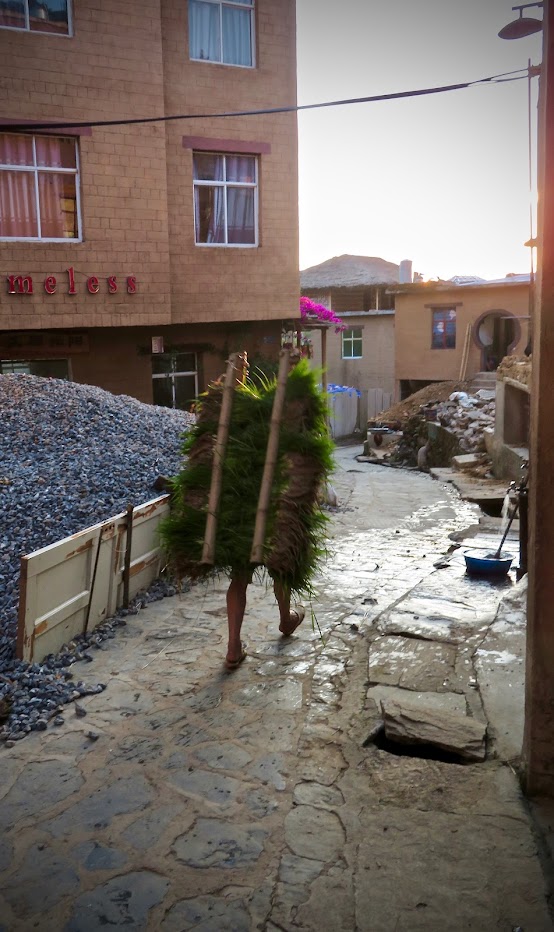
The Tea Horse Road (茶马道Cha Ma Dao) was a network of mule caravan paths winding through the mountains of Yunnan 云南, Sichuan四川 and Tibet 西藏in Southwest China. It is also sometimes referred to as the Southern Silk Road and Ancient Tea and Horse Road. From around a thousand years ago, the Ancient Tea Route was a trade link from Yunnan, one of the first tea-producing regions, to India via Burma, to Tibet, and to central China via Sichuan Province. In addition to tea, the mule caravans carried salt. It is believed that it was through this trading network that tea (typically tea bricks) first spread across China and Asia from its presumed origins in Pu'er county, near Simao Prefecture in Yunnan.


https://www.youtube.com/watch?v=vn3e37VWc0k (The Silk Road, TED)
Chinese Tea porters of the ancient tea horse road: https://outofedenwalk.nationalgeographic.org/articles/2022-10-250-pounds-grief



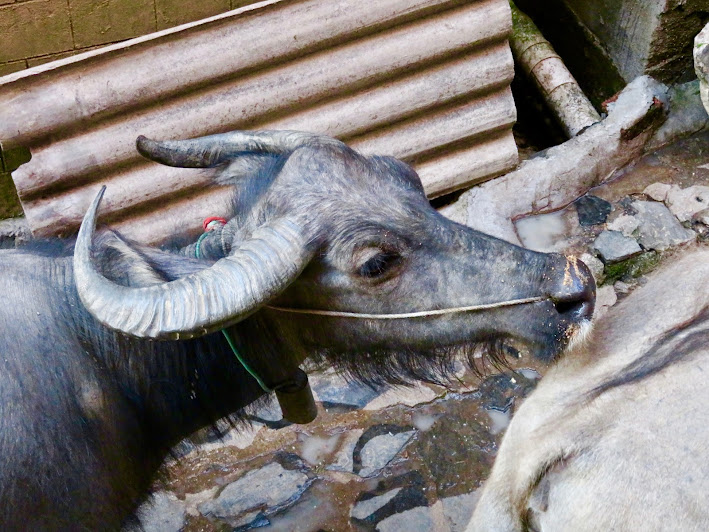


GUEST HOUSE VIEWS IN THE EARLY MORNING https://www.atlasobscura.com/places/honghe-hani-rice-terracesafter a nap we had breakfast then got a minivan to Bada rice terrace. It soon was sunny and hot. Bada terrace has a ticket price so we ended up skipping it (I asked to use the toilet which is at the entrance and snuck in for a lock haha) We strolled for a while before jumping on another mini van. heading towards the main town. The driver had strange seat covers, stuff with coffee beans (a famous commodity of Yunnan, along with famous Pu'er tea, rapeseed oil and of course rice)

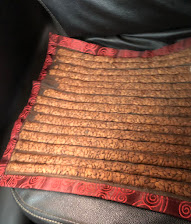 the roads were very twisty and windy and the driver wasn't the slowest, being a local he was very used to the roads. others got in at different points. I was tired and felt a little sick. so I rested. when we arrived I was charmingly informed that the girl in front had started throwing up due to terrible car sickness! explained why the car seats had plastic bags. I thought it was for rubbish HAHA. the windy roads and high altitude make it easy to feel ill, hence why I was also feeling uneasy.
the roads were very twisty and windy and the driver wasn't the slowest, being a local he was very used to the roads. others got in at different points. I was tired and felt a little sick. so I rested. when we arrived I was charmingly informed that the girl in front had started throwing up due to terrible car sickness! explained why the car seats had plastic bags. I thought it was for rubbish HAHA. the windy roads and high altitude make it easy to feel ill, hence why I was also feeling uneasy.

BADA RICE TERRACE ENTRANCE



back in Xinjie town there was a huge market going on which was really cool to see. lots of locals selling and buying local products, eating and smoking bongs (mainly old men and presumably tobacco?) the majority of the women were dressed in their traditional clothes and had their babies strapped up on their backs.
we decided to get the bus to Jianshui, an ancient town that's between the rice terraces and Kunming, helping to break up the journey a bit. we'd could stroll around then hopefully get the train back, or a bus
a long trip, it was early evening but still bright. because it was one of the last days of the holiday all the tickets were sold out! we ended up haven't to bargain for a car ride back to Kunming, at least there was aircon! unfortunately when e got to kunming and went to the hotel we were refused and refunded. as they "didn't accept foreigners" as they didn't know how to register us.....annoying and a little racist. after ringing and asking several other hotels from online we found a place, not too far from the airport as we had an early flight to mangshi 芒市 the next morning to visit tengchong 腾冲
exhausted.....





 the roads were very twisty and windy and the driver wasn't the slowest, being a local he was very used to the roads. others got in at different points. I was tired and felt a little sick. so I rested. when we arrived I was charmingly informed that the girl in front had started throwing up due to terrible car sickness! explained why the car seats had plastic bags. I thought it was for rubbish HAHA. the windy roads and high altitude make it easy to feel ill, hence why I was also feeling uneasy.
the roads were very twisty and windy and the driver wasn't the slowest, being a local he was very used to the roads. others got in at different points. I was tired and felt a little sick. so I rested. when we arrived I was charmingly informed that the girl in front had started throwing up due to terrible car sickness! explained why the car seats had plastic bags. I thought it was for rubbish HAHA. the windy roads and high altitude make it easy to feel ill, hence why I was also feeling uneasy. 







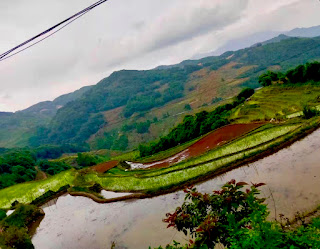







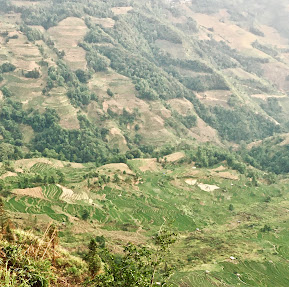




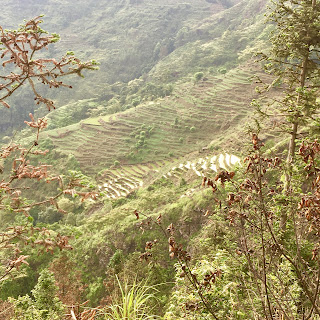





















































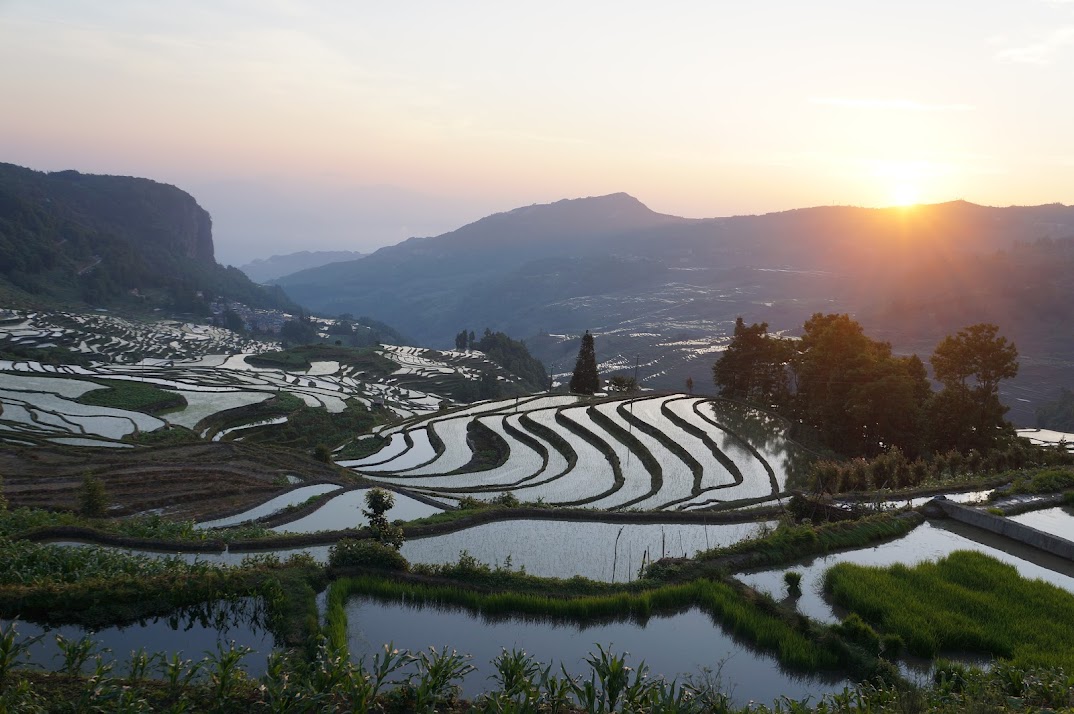






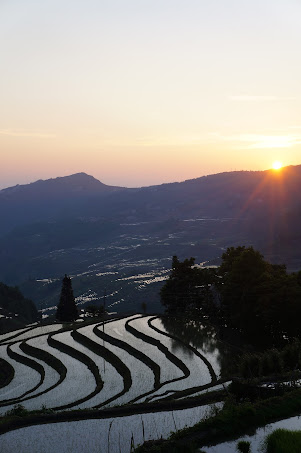



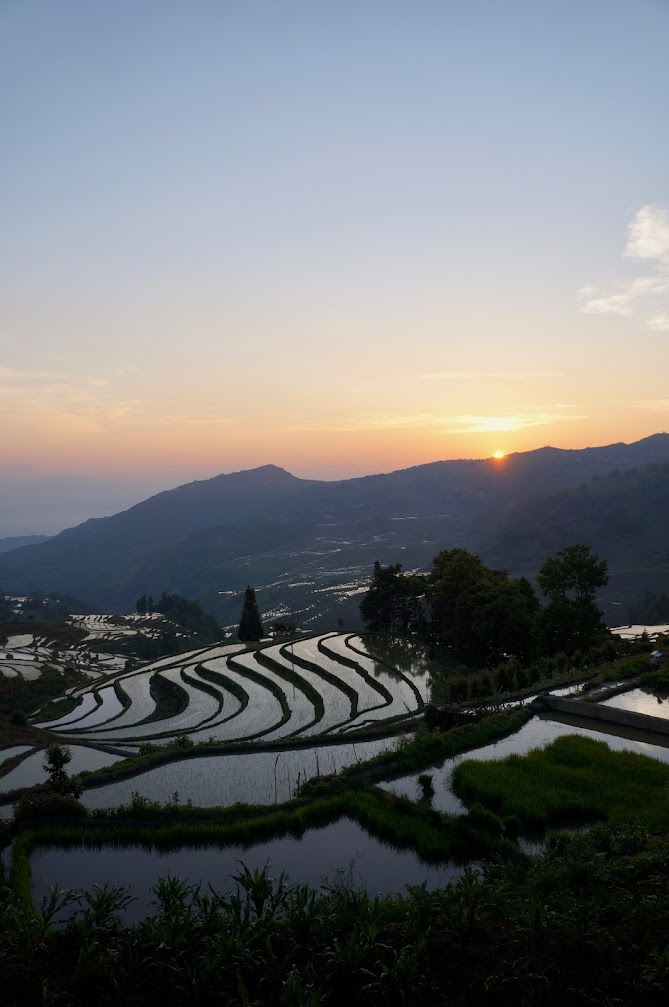

















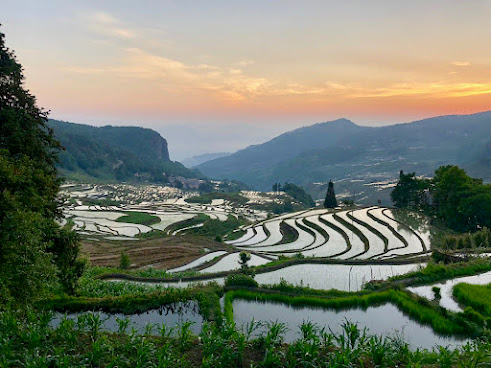



























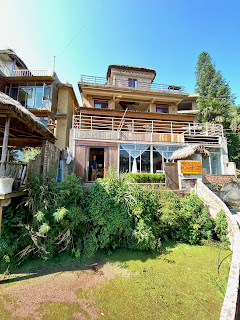






















No comments:
Post a Comment